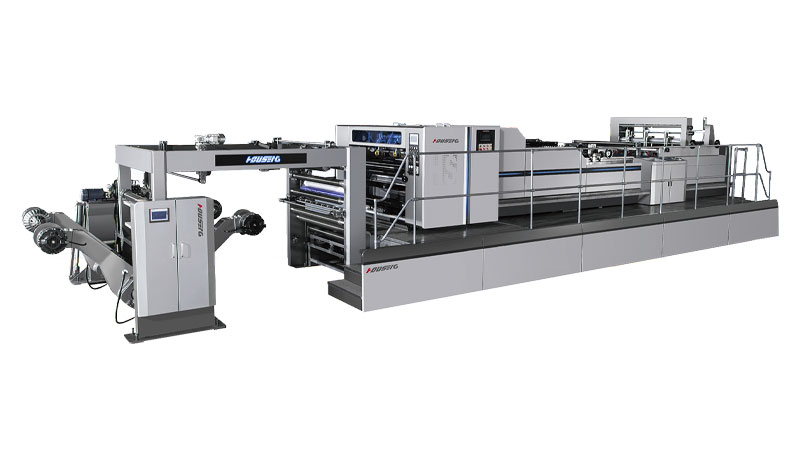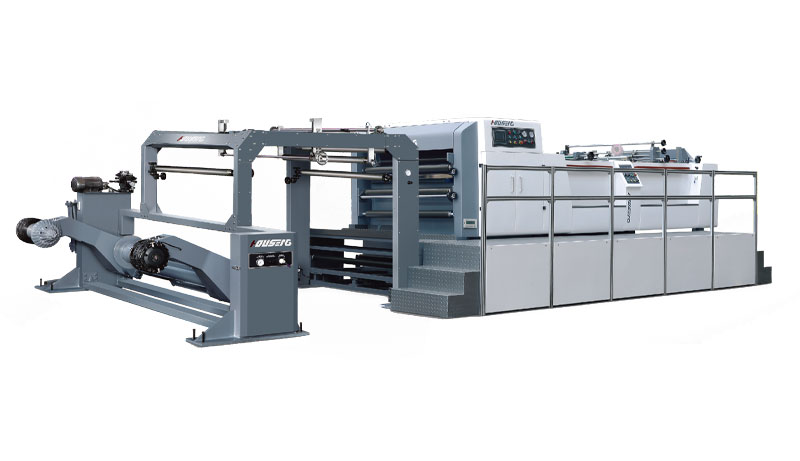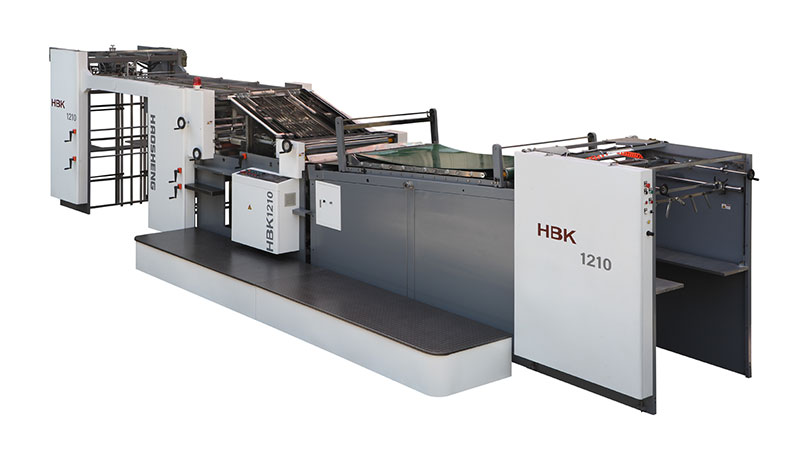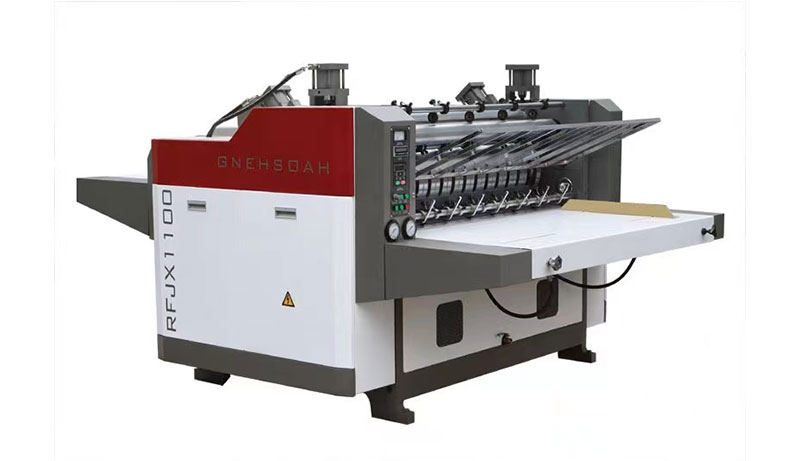The Application of Sheet Cutting Machines in the Printing Industry
The printing industry thrives on precision—from the sharpness of text on a brochure to the alignment of graphics on a product box. Yet beyond ink and paper, another tool plays a quiet but critical role in keeping print workflows smooth and high-quality: Sheet Cutting Machines. These versatile machines aren’t just for generic cutting; they’re tailored to handle the unique demands of printing—whether trimming thick specialty paper for a coffee table book, shaping metal components for a commercial press, or prepping plastic sheets for packaging inserts. Unlike manual tools that lead to uneven edges or wasted materials, Sheet Cutting Machines deliver consistency at scale, making them a non-negotiable asset for modern printing shops, from small boutiques to large-scale production facilities.
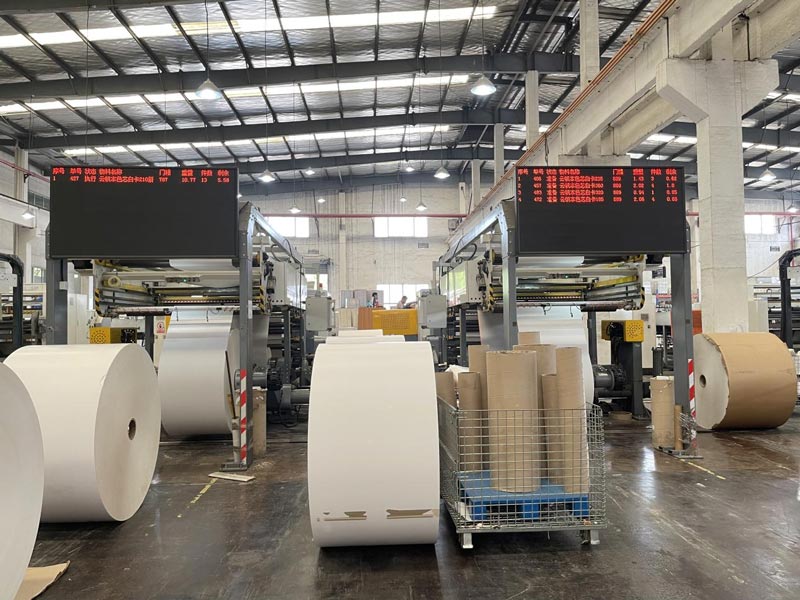
To see how these machines integrate into real-world printing tasks, a short demo reveals their practicality. Watch as the machine adjusts to different sheet thicknesses (from thin vinyl for stickers to rigid cardstock for packaging), programs custom cut sizes, and produces clean, burr-free edges—critical for ensuring printed materials look polished and professional.
Processing Specialty Printing Materials
Modern printing relies on far more than standard office paper—think coated sheets for high-gloss magazines, thick cardstock for wedding invitations, vinyl for outdoor banners, or even thin foam sheets for 3D printed signage. These materials demand precise cutting to avoid ruining the printed design, and Sheet Cutting Machines excel here. For example, when printing a batch of premium brochures on coated paper, a Sheet Cutting Machine trims each sheet to the exact 8.5x11-inch size without smudging ink or tearing the delicate coating—something manual scissors or basic cutters can’t guarantee. For thicker materials like cardstock, the machine’s adjustable pressure settings ensure clean cuts through stacks of 50+ sheets at once, slashing the time spent on trimming and reducing waste from misaligned cuts. Without this capability, printing shops would struggle to meet client expectations for quality, especially when handling high-volume or specialty orders.
Manufacturing Printer and Press Components
Printing equipment—from desktop laser printers to industrial offset presses—depends on durable, precisely shaped components to function. Many of these parts are made from flat sheets (metal, plastic, or composite materials) that require accurate cutting, a job perfectly suited for Sheet Cutting Machines. Consider the paper feed guides in a commercial press: these thin metal strips must be cut to exact lengths to ensure paper feeds straight into the press, preventing jams and misprints. A Sheet Cutting Machine shapes these guides with micron-level precision, ensuring they fit seamlessly into the press’s design. Similarly, the plastic housing for a small desktop printer starts as a flat sheet; the machine cuts it to the correct outline, with pre-drilled holes for screws and ports, before it’s folded and assembled. This level of consistency is impossible with manual cutting, and it’s what keeps printing equipment running reliably—minimizing downtime for repairs or adjustments.
Producing Print Finishing and Packaging Elements
The “finish” of a printed product—whether a book’s hardcover, a cereal box’s foldable flaps, or a gift bag’s handles—often relies on Sheet Cutting Machines. In book printing, for instance, after pages are printed and bound, the machine trims the edges of the book block to create a smooth, even spine and pages that turn easily. For packaging, which is a huge segment of the printing industry, the machine cuts flat sheets of cardboard or plastic into precise “blanks”—the flat shapes that fold into boxes, sleeves, or trays. These blanks must have exact crease lines and cutouts (for windows or tabs) to ensure the packaging assembles correctly and holds the product securely. A Sheet Cutting Machine with CNC capabilities can program these complex designs once, then replicate them thousands of times—ideal for printing shops that handle large packaging orders for brands. The result? Packaging that looks professional, functions well, and showcases the printed graphics perfectly.
Supporting Custom and Large-Format Print Projects
Printing isn’t one-size-fits-all—many clients need custom sizes, from a 2x3-foot poster for a café to a 6x8-inch die-cut greeting card with a unique shape. Sheet Cutting Machines make these custom projects feasible. For large-format printing (like banners or trade show displays),sheet cutting machines handle oversized sheets of vinyl or fabric, cutting them to the client’s exact dimensions without warping or stretching the material. For die-cut projects—such as shaped business cards or holiday gift tags—the machine works alongside die tools to cut through printed sheets with precision, ensuring every tag or card has the same shape and alignment. This flexibility lets printing shops offer more creative services to clients, setting them apart from competitors who rely on limited, pre-cut sizes. It also reduces waste: instead of buying pre-sized sheets that leave unused scraps, shops can cut large sheets down to the exact size needed.
In the printing industry, where quality and efficiency directly impact client satisfaction and profitability, Sheet Cutting Machines are more than tools—they’re enablers of excellence. They turn raw sheet materials into polished printed products, keep equipment running smoothly, and unlock creativity for custom projects. For any printing business looking to scale, reduce waste, or elevate its output, investing in a Sheet Cutting Machine tailored to its needs (whether for small-batch specialty cuts or high-volume production) is a strategic choice.
If you’re in the printing industry and ready to streamline your cutting workflows, explore Sheet Cutting Machine options that match your typical materials and order volumes—from compact tabletop models for small shops to industrial-grade machines for large facilities. Every precise cut will save you time, reduce waste, and help you deliver work that impresses clients.
For more insights on printing industry tools, workflow optimization, and creative project tips, feel free to contact HAOSHENG designed for printing professionals like you.
This article contains approximately 30% AI-assisted conten.

